Nationality American Name Perle Fine | Known for Painting | |
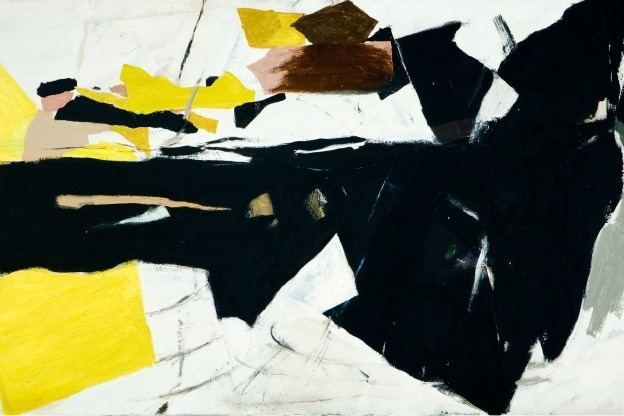 | ||
Born 1905 Boston, Massachusetts Education Art Students League of New York Artwork "Cool" Series No. 7 (Square Shooter) | ||
Perle fine abstract expressionism 1950s new york action painter
Perle Fine (Poule Feine) (1905–1988) was an American Abstract Expressionist painter. Fine was most known by her combination of fluid and brushy rendering of the materials and her use of biomorphic forms encased and intertwined with irregular geometric shapes.
Contents
- Perle fine abstract expressionism 1950s new york action painter
- Perle fine at berry campbell jason fox at canada peter acheson at brennan griffin
- Position as a Woman Artist
- Biography
- Selected Solo Exhibitions
- Selected Group Exhibitions
- Books
- References
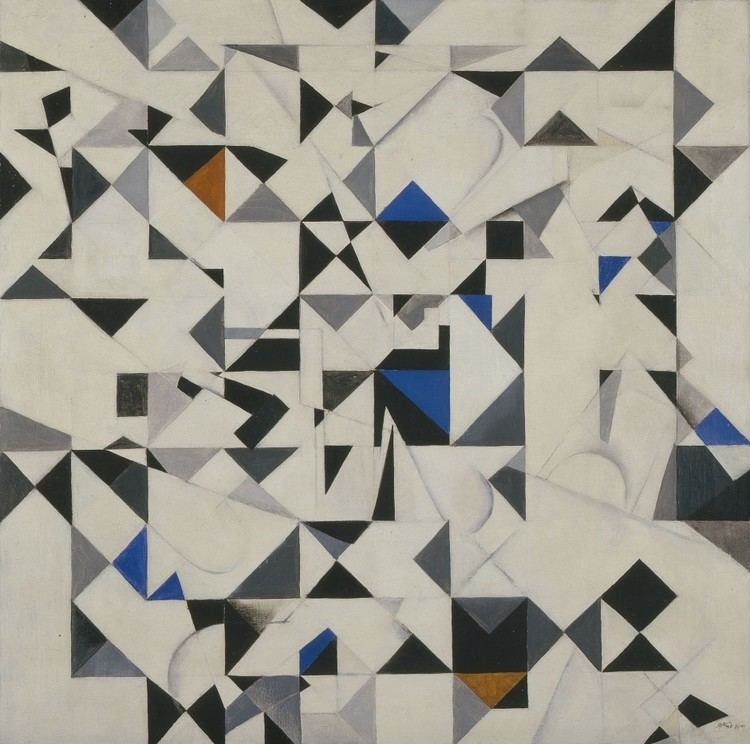
Perle fine at berry campbell jason fox at canada peter acheson at brennan griffin
Position as a Woman Artist
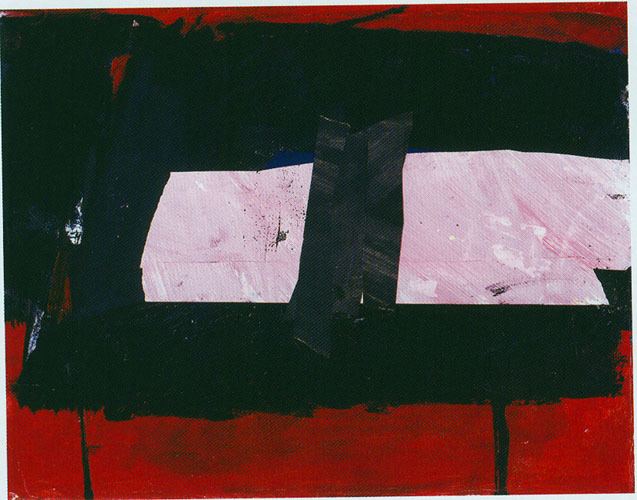
“…[T]he very image of the Abstract Expressionist painter was a white, heterosexual male, and that this movement, which perceived itself as a glyph of individual freedom, constricted the entry of women, African Americans, and homosexuals, regardless of the nature and quality of their work.” While Women have had a history of being left out of the arts, it was Samuel Kootz’s, a New York Gallery owner that helped determine what art was mainstream, pronouncement that there would be no women artists in his gallery. To this which Fine promptly said, “I know I was as good as anybody else in there,” However, Perle Fine was not the only female artist that was affected by this statement, artists such as Fannie Hillsmith and Lee Krasner were also deeply affected.
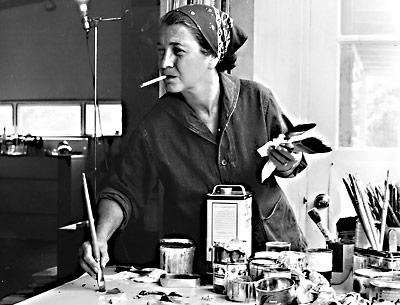
Despite Kootz’s statement, Fine had been in many solo and group shows during the late 1940’s. Because of her success with these exhibitions, there was every implication that Fine was on the verge of success in the art world. “As the 1950’s dawned… there was little competition among artists either male or female, it was only when the door began to crack open that the gender of the artist began to play a more prominent role.” Deirdre Robson has said that “The arts were gradually thought of less in terms of being part of the ‘female’ realm and more as an interest suitable for a hardheaded and successful businessman.”
Biography
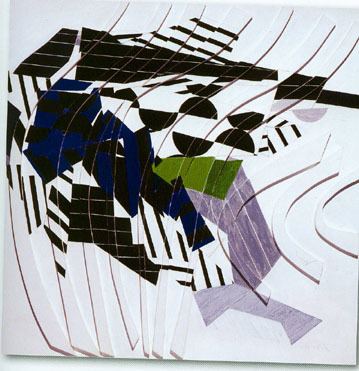
Perle Fine was born in Boston, MA, in 1905. Shortly after her parents immigrated to the United States from Russia. Her interest in art started at early age. “Starting almost immediately in grammar school at the time of the First World War … I did posters and started winning little prizes and getting encouragement that way So that by the time I graduated from high school I knew very well I wanted to be an artist.” Fine briefly went to School of Practical Art in Boston, where she learned to design newspaper advertisements, before going the New York City To briefly attend Grand Central School of Art. It was at the Grand Central School of Art where Fine met Maurice Berezov whom she married in 1930. While in New York, she also studied at the Art Students League with Kimon Nicolades. In the late 1930s she began to study with Hans Hofmann in New York City as well as in Provincetown, MA. Fine joined the American Abstract Artists in the early 1940’s where she found a lot of support for her artistic ideas. “By the mid 1940’s, Fine had work in the collections of Frank Lloyd Wright and Frank Crowninshield… her art was also owned by Alfred Barr, director of the Museum of Modern Art, and Emily Hall and Burton Tremaine, the modern art collectors from Connecticut.“Perhaps one of the most and distinguishing moments in her career was a commission by Emily Tremaine to make two interpretations of [Piet] Mondrian’s Victory Boogie Woogie, a painting left unfinished at his death in 1944.”
In 1945, Fine had her first solo exhibit at the Willard Gallery on East 57th Street. Fine had previously run the East River Gallery that was also on East 57th Street from 1936 to 1938. It was in 1940 that Fine opened her own gallery but later, in 1946, Fine accepted an offer to work for Karl Nienrendorf whose gallery was across the street from the Willard Gallery, it was at this gallery that Fine received a subsidy so she could paint full time.
During a show within the Nienrendorf Gallery Edward Alden Jewell, an art critic dismissed abstraction when it first came out in the 1930’s calling it decorative and imitative of European avant-garde, however called Fine’s pieces “aplomb” and “native resourcefulness”.
In 1947, Fine was featured in an issue of The New Iconograph which showcased nonobjective art and theory. It was written that even though she was a member of American Abstract Artists, her work was different in spirit than that of Ralston Crawford and Robert Motherwell.
It was in 1950 she was nominated by Willem de Kooning and then admitted to the 8th Street “Artists’ Club”, located at 39 East 8th Street. “Beginning in the mid-1950’s, Fine's expressionist style began to loosen. She produced thick, heavily painted abstractions using harsh, jagged strokes with a loaded brush. Her focus was the two-dimensional plane: surface, texture and medium. Fine's palette in these often large- scale pieces was one of much more somber tones.“
Perle Fine was chosen by her fellow artists to show in the Ninth Street Show held on May 21 – June 10, 1951. The show was located at 60 East 9th Street on the first floor and the basement of a building which was about to be demolished. According to Bruce Altshuler:
"The artists celebrated not only the appearance of the dealers, collectors and museum people on the 9th Street, and the consequent exposure of their work, but they celebrated the creation and the strength of a living community of significant dimensions."Perle Fine participated from 1951 to 1957 in the invitational New York Painting and Sculpture Annuals, including the Ninth Street Show., She was among the 24 out of a total 256 New York School artists who was included in all the Annuals. These Annuals were important because the participants were chosen by the artists themselves. Other women artists who took part in all the shows were Elaine de Kooning, Grace Hartigan, and Joan Mitchell.
In the 1950s Fine moved to the Springs, section of East Hampton on the eastern end of Long Island where Jackson Pollock, Lee Krasner. Willem de Kooning, Conrad Marca-Relli and other members of the New York School found permanent residence.
At the 1958 exhibition her paintings offered “abstract intimations of nature… This perception was reinforced by Fine’s inclusion in “Nature in Abstraction: The Relation of Abstract Painting and sculpture to nature and twentieth century American art.
The 1960’s marked her re-entry into a profoundly changed New York art scene, she encountered more galleries and new art styles. “Fine had 4 solo shows at the Graham Gallery (1961, 1963, 1964, 1967) with a major shift in her style, with a reintroduction of horizontals and verticals, announced Fine’s intention to convey … ‘an emotion about color’."
Fine began to teach in 1961, as a visiting critic and lecturer at Cornell Universitywhich was when Hofstra University approached her with an offer which is where she taught privately from 1962-73.
Perle Fine stated the following:
" I never thought of myself as a student or teacher, but as a painter. When I paint something I am very much aware of the future. If I feel something will not stand up 40 years from now, I am not interested in doing that kind of thing."In 1965, she developed a severe case of mononucleosis it was then that she took up making wood collages, employing curvilinear forms. Fine went on to win an award at the annual Guild Hall Artist Members’ Exhibition in 1978.
“Although the last few years of her life were lost to Alzheimer’s disease, she dies fulfilled in her art.“ Perle Fine died of pneumonia on May 31, 1988, at the age of 83 in East Hampton, New York.
For Fine “Abstract Expressionism had never been a form of open rebellion against earlier styles, but rather a beautiful, unexplored country.”
